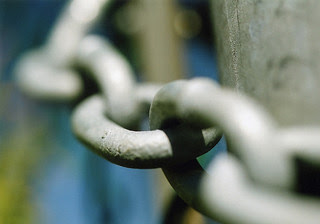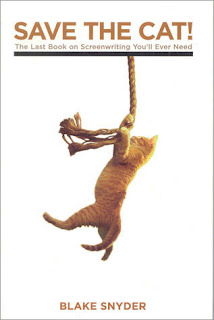The Chain Method, as it's come to be known, is Jerry Seinfeld's productivity secret--one of them at least!--but it is great for anyone who wants to engage in some sort of creative activity every day. What is it? I'll let Brad Isaac tell you.
When Brad Isaac was a young comic he asked Jerry Seinfeld if he had any tips.
[Jerry Seinfeld] said the way to be a better comic was to create better jokes and the way to create better jokes was to write every day. But his advice was better than that. He had a gem of a leverage technique he used on himself and you can use it to motivate yourself—even when you don't feel like it.I've been using the Chain Method for a few months and have had great success with it. I printed off a calendar using MS Word, one that has the whole year on a single page, and put it on my fridge. Each day that I meet my writing goal I put an "X" through that day.
He revealed a unique calendar system he uses to pressure himself to write. Here's how it works.
He told me to get a big wall calendar that has a whole year on one page and hang it on a prominent wall. The next step was to get a big red magic marker.
He said for each day that I do my task of writing, I get to put a big red X over that day. "After a few days you'll have a chain. Just keep at it and the chain will grow longer every day. You'll like seeing that chain, especially when you get a few weeks under your belt. Your only job next is to not break the chain."
"Don't break the chain," he said again for emphasis. (Jerry Seinfeld’s Productivity Secret)
My goal is to have an unbroken chain of "X"'s. If something comes up and I do break the chain, I try not to get too discouraged. After all, life happens. I try to get as many unbroken links in the chain as I can and it turns the work into a bit of a game, a private challenge to myself.
If you're having trouble writing every day, give it a try. It's inexpensive, easy, and you just might be surprised how well it works.
(I first read about Jerry Seinfeld's Chain Method from Michael Haynes blog. Thanks Michael!)
Other links you might like:
- 7 Tips On How To Get Your Guest Post Accepted
- Amazon's KDP Select: The Best Long-Term Strategy?
- 3 Ways To Create Incredible Characters
Photo credit: t r e v y










